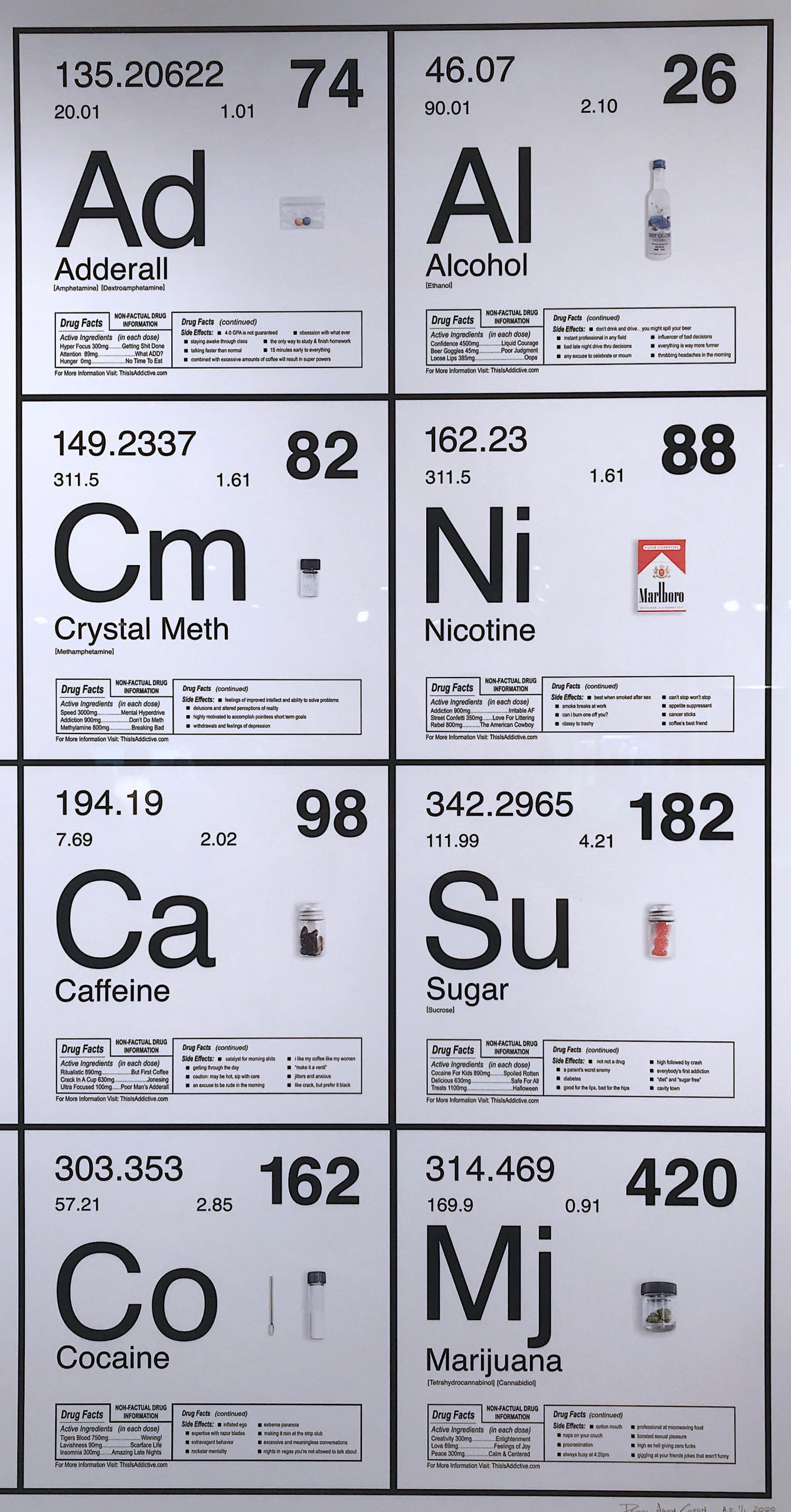
Drug use is on the rise in the United States. Between 2003 and 2014 US workers testing positive for drug use increased by 47%, and workers testing positive for heroin increased 146%. US teens are twice as likely to use illicit drugs as their European counterparts. But the demographic groups where drug use is increasing most dramatically are women, the affluent and baby boomers (individuals born before 1964). The reason for this increase is unclear, but attitudes about drug use are clearly changing. According to polls, 12% of the US population was in favor of legalizing marijuana in 1969. That figure rose to 58% by 2015 and currently sits at more than 67%.
Many consider the entire spectrum of substances we use as a culture to alter our moods and consciousness, which include legal substances such as caffeine, nicotine, alcohol and, yes, sugar. Some argue that all these substances have benefits but cause harm when used to excess. One can make a compelling case that these legal substances are far more destructive to our health than illegal drug use.
This image shows a portion of his table that mimics the periodic table we all studied in chemistry class. The first periodic table was published in 1869 by the Russian chemist Dmitri Mendeleev and revealed the nature of the invisible building blocks of our physical world. Today the table gives scientists invaluable insights into the nature of chemical reactions. One role of art is to speak to the time it was created, to challenge and awaken people to the changes and events that they may not notice as they go about their daily lives. Cohen’s work is a compelling piece that exposes and begs reflection on our personal and cultural relationship with these substances — making the unreal, real.
